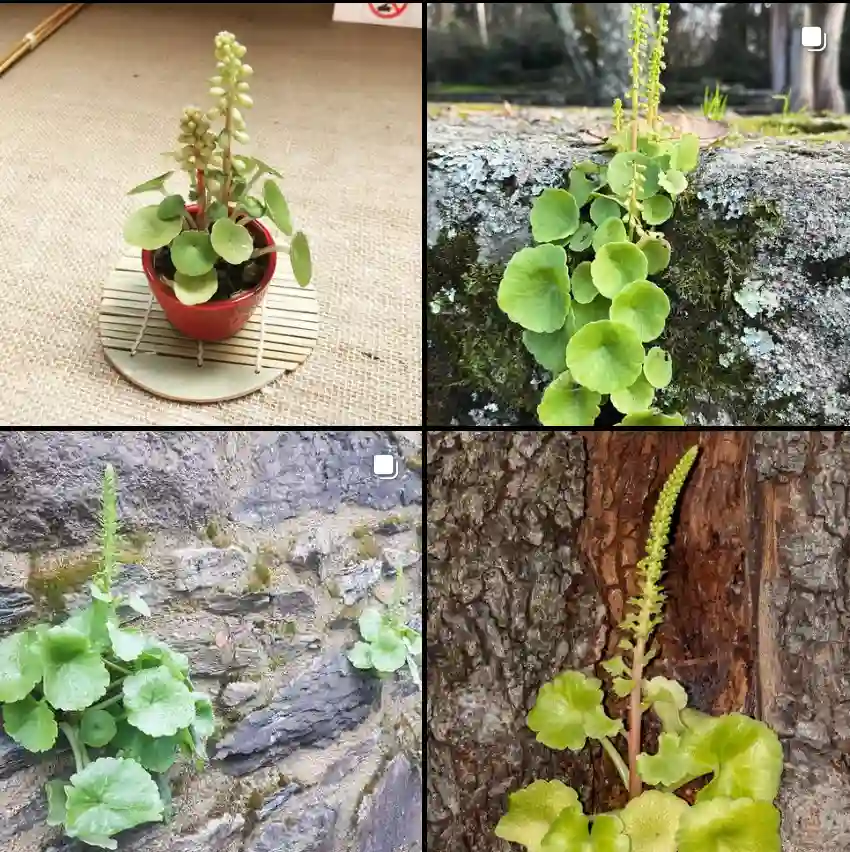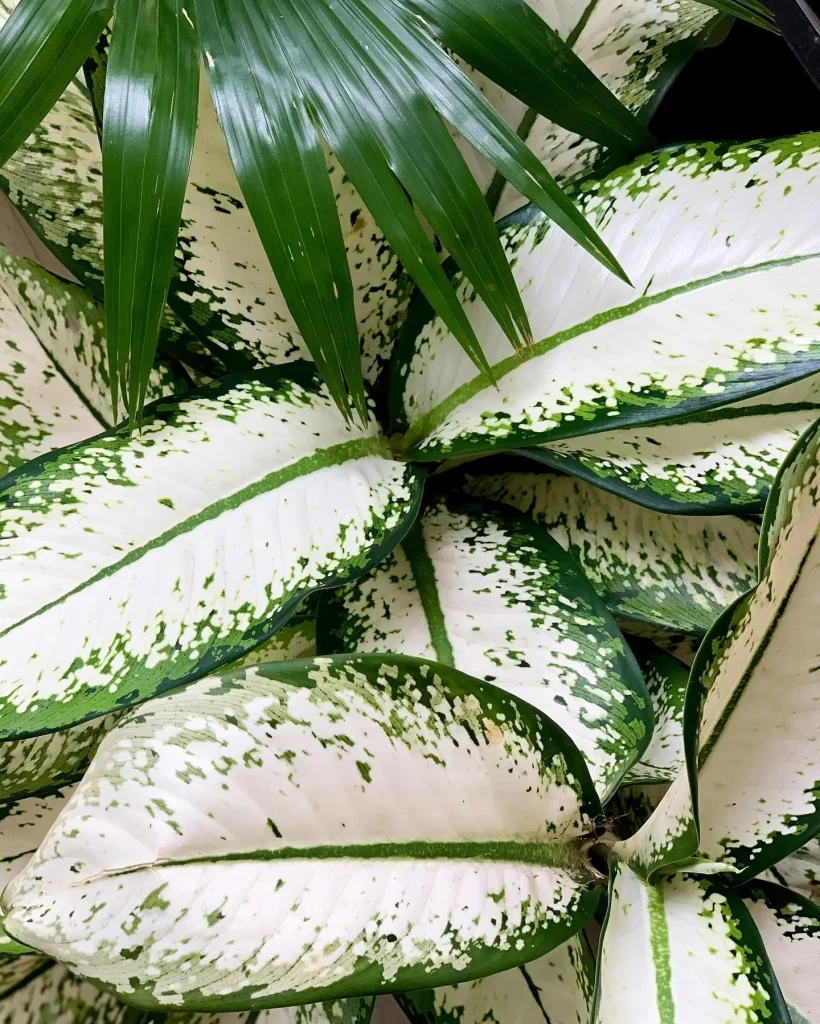FAQs About Pieris Floribunda: Everything You Need to Know
Pieris Floribunda, commonly known as the Mountain Pieris or the Mountain Andromeda, is a captivating evergreen shrub native to the Eastern United States. Its glossy green foliage and stunning clusters of white or pink flowers make it a popular choice for many gardens. Here’s a comprehensive guide answering some of the most frequently asked questions about this lovely plant.
10 Species in Genus Pieris
What Is Pieris Floribunda?
Pieris Floribunda is a member of the Ericaceae family, which also includes rhododendrons and azaleas. This shrub is known for its attractive evergreen leaves and vibrant flower clusters that appear in late winter to early spring. It typically grows 4 to 6 feet tall and wide, making it an excellent choice for hedges, borders, or as a specimen plant in a garden.
How to Care for Pieris Floribunda?
Caring for Pieris Floribunda involves a few key considerations:
- Soil: This plant thrives in well-drained, acidic soil. A pH between 4.5 and 6.0 is ideal. Adding organic matter like peat moss can help improve soil acidity.
- Light: It prefers partial shade to full sun. However, in hot climates, it benefits from some afternoon shade to prevent leaf scorch.
- Watering: Keep the soil consistently moist but not soggy. During dry spells, ensure the plant gets enough water to maintain its lush foliage.
- Fertilizing: Use a balanced, slow-release fertilizer formulated for acid-loving plants. Fertilize in early spring before new growth begins.
How to Propagate Pieris Floribunda?
Propagation of Pieris Floribunda can be done through:
- Cuttings: Take semi-hardwood cuttings in late summer or early fall. Dip the cut ends in rooting hormone and plant them in a mix of peat and perlite. Keep the soil moist and provide indirect light until roots develop.
- Seed: While less common, you can propagate from seeds. Sow them in early spring in a cold frame or greenhouse. Seeds may take several months to germinate, so patience is key.
What to Plant With Pieris Floribunda?
Pieris Floribunda pairs well with other shade-loving plants and those that thrive in acidic soil. Consider planting it alongside:
- Rhododendrons: Their similar soil and light requirements make them great companions.
- Hostas: Their large, textured leaves complement the glossy foliage of Pieris.
- Azaleas: Another acid-loving shrub that shares similar care requirements.
- Ferns: Add texture and contrast with their delicate fronds.
Is Pieris Floribunda Toxic?
Pieris Floribunda is toxic if ingested. It contains compounds called andromedotoxins, which can cause vomiting, diarrhea, and other symptoms in humans and pets. Keep this in mind if you have small children or pets that may be inclined to nibble on plants.
Benefits of Pieris Floribunda
Pieris Floribunda offers several benefits for gardeners:
- Evergreen Foliage: Provides year-round interest and structure in the garden.
- Seasonal Blooms: Its clusters of flowers add beauty during the winter and early spring when many other plants are not in bloom.
- Low Maintenance: Once established, it requires minimal care and is relatively pest and disease-resistant.
Common Problems with Pieris Floribunda
Despite its hardiness, Pieris Floribunda can face a few issues:
- Leaf Spot: This fungal disease causes dark spots on the leaves. Improve air circulation and avoid overhead watering to prevent it.
- Root Rot: Occurs in poorly drained soil. Ensure proper drainage and avoid waterlogging.
- Pest Infestations: Watch for pests like lace bugs and spider mites, which can damage the leaves. Regularly inspect and treat infestations as needed.
How Does Pieris Floribunda Compare with Similar Plants?
Pieris Japonica is often confused with Pieris Floribunda. While they share similarities, Pieris Japonica is generally larger, with a more pronounced flower cluster and broader leaves. It also prefers slightly different growing conditions, thriving in more acidic and well-drained soil.
Andromeda (also known as Pieris) can be mistaken for Pieris Floribunda. The key difference is that Andromeda encompasses a broader range of species, including those that are less tolerant of varying soil conditions compared to Pieris Floribunda.
In conclusion, Pieris Floribunda is a versatile and attractive shrub that can enhance many garden settings. By understanding its care requirements, propagation methods, and potential issues, you can ensure this plant thrives in your garden. Whether you’re pairing it with other shade-loving plants or simply enjoying its seasonal blooms, Pieris Floribunda is a worthy addition to any landscape.
If i die, water my plants!



